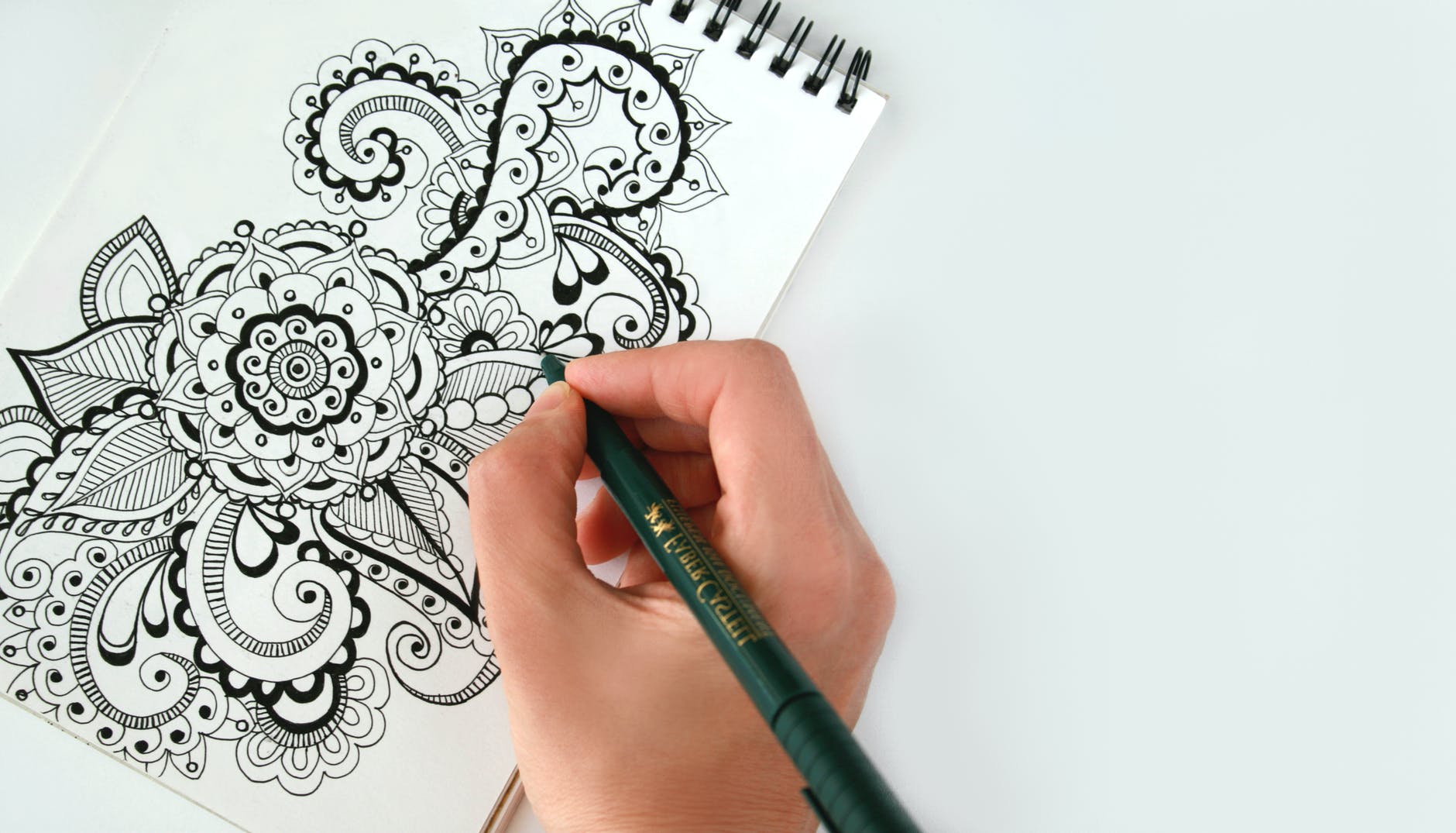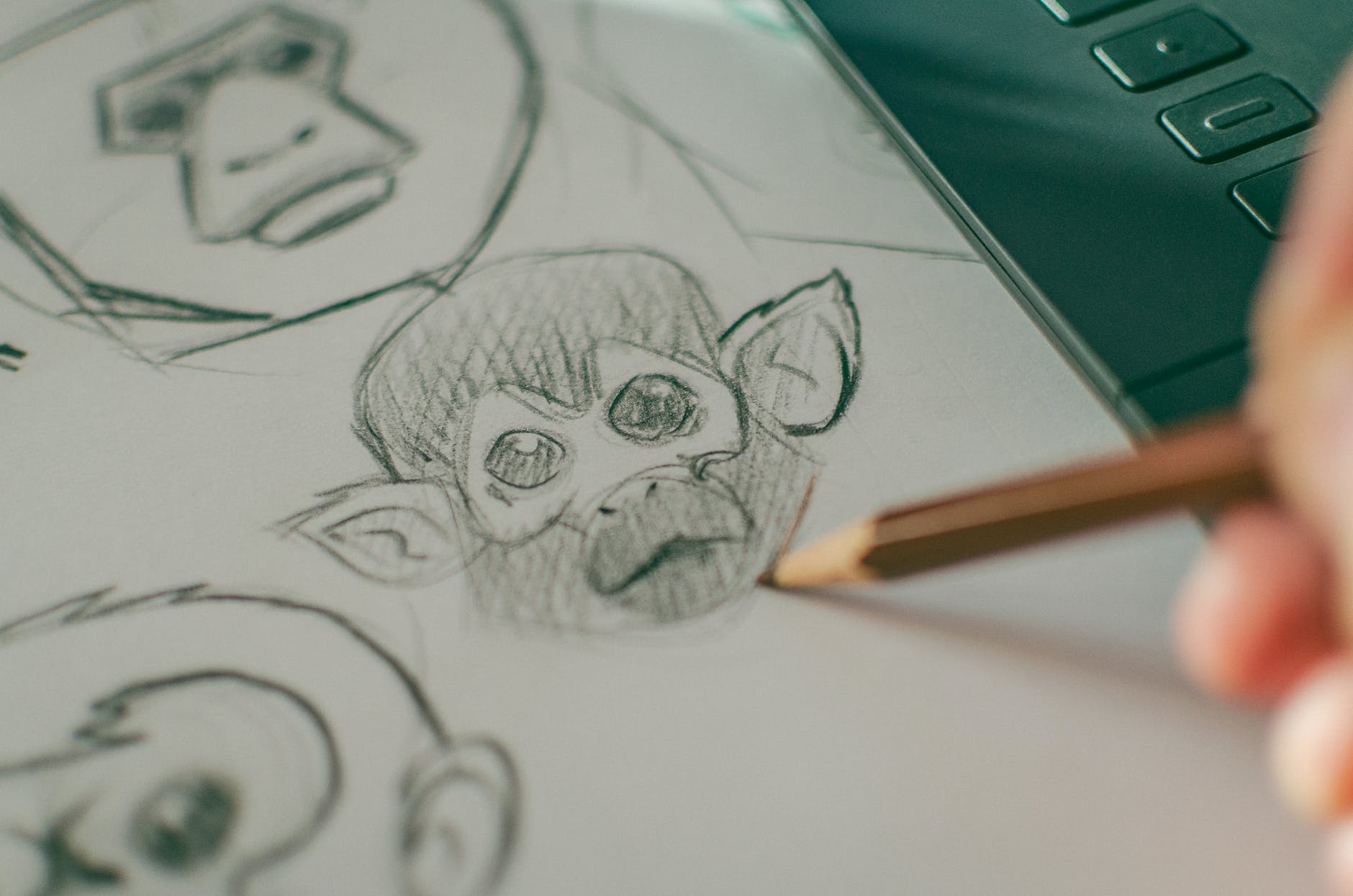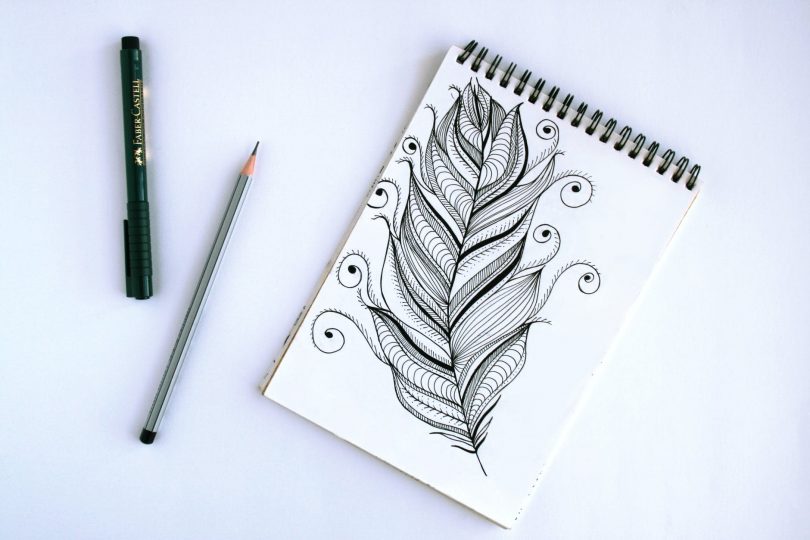No one is really a born artist. Even those who seem to possess some inborn talent still have to learn the craft and hone their skills. The same goes for sketching – it’s not simply a matter of drawing what you see in front of you. It’s an art form that takes time and practice to perfect. With the right guidance, anyone can learn how to sketch like a pro.
There’s no need to be intimidated by the thought of sketching. With a few basics under your belt, you can create beautiful sketches that capture the essence of your subject. This guide will teach you all you need to know about sketching, from choosing the right materials to creating accurate proportions. So why not give it a try? You may be surprised at just how enjoyable sketching can be.

Essentials of Sketching
The good thing about sketching is that you don’t need loads of essentials and supplies to hone your craft. If you’re persistent and focused, you can make a hands drawing with the most basic of supplies. But since you’re here to understand the essence of sketching, get these supplies to learn this skill more easily. To start sketching, you will need:
- A sketching handbook
- A graphite sketching pencil set
- Paper or any other sketching surface (preferably a canvas)
- A beautiful reference point
- A peaceful place to sit and work
- Your focusing skills and some persistence
With these essentials at hand, learning sketching will get easier and more enjoyable for you. Also, these supplies are only for your initial learning phase; you might need to invest in more tools once you get good at sketching.
Steps to Make a Sketch as a Beginner
If you’re new to sketching, it can be intimidating, but following these simple steps will show you how to get started with sketching. So, here goes:
- Choose your subject. The first step of sketching is selecting a subject you want to use as a reference point. You can sketch pretty much anything you like. If you’re struggling for ideas, try a still life with some household objects or sketches from nature that are easy to trace.
- Decide on your composition. The composition is the basic layout of your sketch – it determines how the entire piece turns out. Think about how you want to arrange the elements within your sketch and where you want to place them on the page to decide.
- Sketch out the basic shapes of your subject matter with light pencil strokes to start sketching. Don’t worry about getting everything perfect at this stage; just concentrate on getting the basic shapes down and slowly progress towards improving your skill.
- Once you’re happy with the basic shapes, start to add details like the shadow, patterns, and depth in your sketching elements. Again, use light pencil strokes to start with.
- When you’re happy with your sketch, go over it with a darker pencil or pen to add definition and re-define the forms of your hands drawing.
And this is pretty much it. You’ve now completed your sketch. Feel free to frame and display it proudly for all to see. Sure, this is not all there is to sketching, but it’s enough to help you start. If you need help with choosing subjects or tracing shapes, refer to your sketching guide for expert knowledge and ease this skill for yourself.
How Long Does it Take to Learn Sketching?
There’s no definitive answer to how long it takes to learn sketching. It depends on factors like how often you practice, what level of natural talent you have, and what type of sketches you’re trying to create. If you’re just starting out, you may be able to produce simple sketches after a few days or weeks of practice.
However, if you’re hoping to create more complex or realistic artwork, it might take months or even years to develop the necessary skills. The best way to improve your sketching ability is to simply keep practicing. Experiment with different techniques and styles, and don’t be afraid to make mistakes. You’ll eventually develop the skills needed to create the type of artwork you desire.
Here are some things you can do to shorten your learning curve:
- Make sure to use the right tools because good quality sketchpad and pencils will make a big difference.
- Practice as often as you can because the more you sketch, the faster you’ll improve.
- Don’t be afraid to experiment, as trying new techniques and styles will expand your skill set and find what works best for you.

What Makes Sketching a Good Hobby?
Sometimes, the quickest way to capture a moment is to sketch, not with a camera, but with a pencil and some paper. In a world where we are increasingly reliant on technology, there is something refreshing and even nostalgic about putting pencil to paper. But beyond the simple appeal of nostalgia, what is it that makes sketching such a good hobby?
Maybe because it can be an incredibly effective way to relax and de-stress. The act of drawing can be meditative and help clear your mind of the concerns of daily life. Sketching can also be a way to exercise your creativity. Whether you’re drawing from life or from your imagination, you can explore different ideas and ways of seeing the world.
For many people, sketching is the first step in the creative process. It’s a way to capture an idea or image before it disappears and to experiment with composition and form. You can start to sketch anywhere, at any time, which is a perfect activity for those moments when inspiration strikes. Best of all, sketching lets your mind relax and unwind. Whether you’re doodling in a notebook or working on a more complex piece, putting pencil to paper can help to clear your mind and focus your thoughts.
And finally, sketching lets you document your surroundings and the people in your life. Through sketches, you can capture moments that might otherwise be lost to time. If you want to pick up a new hobby or want to find a different way to express yourself, sketching is definitely worth considering.
Is Sketching Easy to Learn?
Sketching is an underrated activity that is actually quite easy to learn. All you need is a pencil and paper, and you can start practicing immediately. The key to success is in the details of your sketches. Observe the world around you and look for small details you can include in your art pieces. Pay attention to the way light falls on objects, how shadows are cast, and the texture of surfaces.
Once you have a good understanding of the basics, you can start experimenting with different styles and techniques. You may find that you prefer using charcoal or pen, or that you enjoy sketching landscapes more than still lifes. The possibilities are endless, and the only limit is your imagination – give yourself time, and nothing can stop you from becoming a pro sketch artist.
Who Can Learn Sketching?
Just about anyone can learn sketching, given the right motivation and opportunity. Even if you’ve never picked up a pencil before, with a little practice, you can start producing surprisingly sophisticated drawings. The rewards of sketching are many: it’s a great way to relax, sharpen your visual observation skills, and record your impressions of the world around you. Whether you’re sketching landscapes, people, or still lifes, the process of translating three-dimensional reality onto a two-dimensional surface is both challenging and immensely satisfying. So why not give it a try? You might be surprised at what you can achieve.
Summing Up
If you’re determined, you can become a pro sketch artist even if you start as a hobbyist. Starting out can be unnerving, but anyone can improve their skills with the right attitude and practice. One way to improve is to take classes or watch tutorial videos online. Another is to find a mentor who can guide you and give feedback on your work. So don’t be discouraged if your early attempts aren’t perfect–keep practicing and expanding your knowledge, and soon you’ll be creating beautiful sketches that will impress everyone who sees them.
If you’re looking for other artistic hobbies, check out Botanical Drawing!










